Early winter in Aotearoa, and days of silence and attention in the mountains as a group at Ora Retreat gathered to witness the steadfast and generous work of Tibetan monks creating a sand mandala for the Medicine Buddha. Ven. Geshe Jamyang Sherab and Ven. Karma Gyasey dedicated seven days to constructing the mandala with brightly coloured sands. This Saturday, their intricate work was complete. On Sunday, the mandala was tenderly dissolved, and the sand taken by the group to the lake on Sunshine Bay and offered to the waters. The ceremony included teachings from Ven. Geshe Sangey Thinley on patience and generosity, all under the deep blue winter skies.
Mandala creation follows the exact design and proportions laid down in ancient Buddhist texts. Each symbol has its place and colour. A symmetry and structure of concentric layers, and boundary lines, with opening portals and lotus flowers, radiating circles, with details of vases and dragons. The sand is coloured blue, green, red, white, yellow, black, brown, orange.
Elena Pakhoutova describes that the Medicine Buddha’s mandala is a representation of the residence of the Medicine Buddhas. In the mandala image at Ora, the yellow treasure vase of the King of Medicine Buddhas sits at the centre: filled with blue medicine, and a white lotus flower above. The green rimmed central circle is surrounded by eight petals—red, yellow, green and blue—and symbols of the eight medicine Buddhas. Continuing outwards, the next sixteen petals are symbols of sixteen major Bodhisattvas: eight male and eight female Bodhisattvas. In the outer twenty-two circles of petals are symbols of ten mundane gods and twelve Yakshas (nature spirits). At the four gates are four directional guardians. Outside the gates, there are gardens surrounded by lotus and diamond hard boundary lines.
On Sunday morning, the five Tibetan monks walked around the low table with the recently completed sand mandala to begin the ceremony of dissolution. Wearing orange and burgundy red robes and the traditional ceremonial yellow crested hats, the Mandala was tenderly dissolved with large paintbrushes. The monks drew straight and curved lines from the outside in to the centre, clearing away the grains of sand by creating a Dharma Wheel pattern. The sand is swept up and neatly cleared into a pot and taken down the hill to complete the process at the shore of the lake.
Circling sound, unfolding bodies as mind, amidst trauma and creativity, young ones and old ones, arriving and departing, opening like flowers. The world is remembered as part of the body, and bodies as part of the world, with the simple necessity to refuse inhumanity and support suffering beings with care and solidarity.
On the Friday night before completion, Professor Mazin Qumsiyeh gave a kōrero on Palestine in Queenstown. It felt like a true part of the ceremony, with his closing words on the necessity of joyful participation in the sorrows of the world: moving the feeling of concern into real action and ways of creatively encouraging repair and relations amidst living ecologies. Prof. Mazin Qumsiyeh is speaking again at the Western Springs Garden Community Hall on Thursday 6 June at 6.30pm. He will share the incredible work of The Palestine Institute for Biodiversity and Sustainability (PIBS) in a conversation on “Climate Change Actions and Biodiversity Conservation in Occupied Palestine” with Dr. Russel Norman (Greenpeace) in an event organised by Greenpeace, Dayenu NZ and Palestinian Youth Aotearoa. If you are near Tāmaki Makaurau, do attend. Ngā mihi nui.
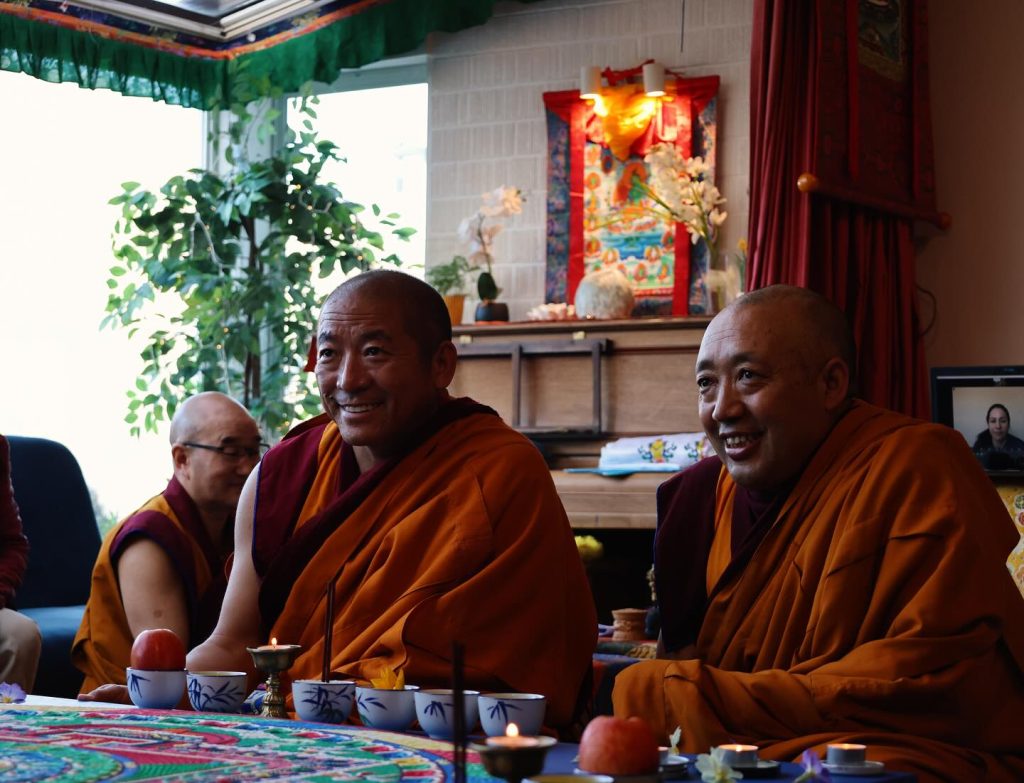
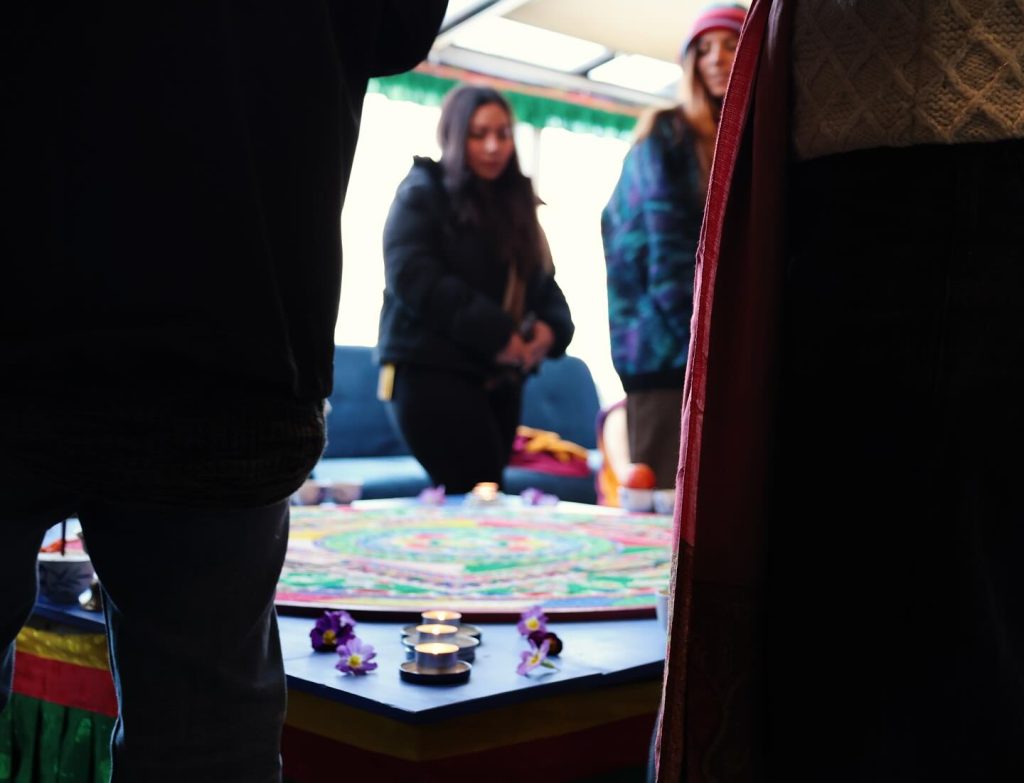
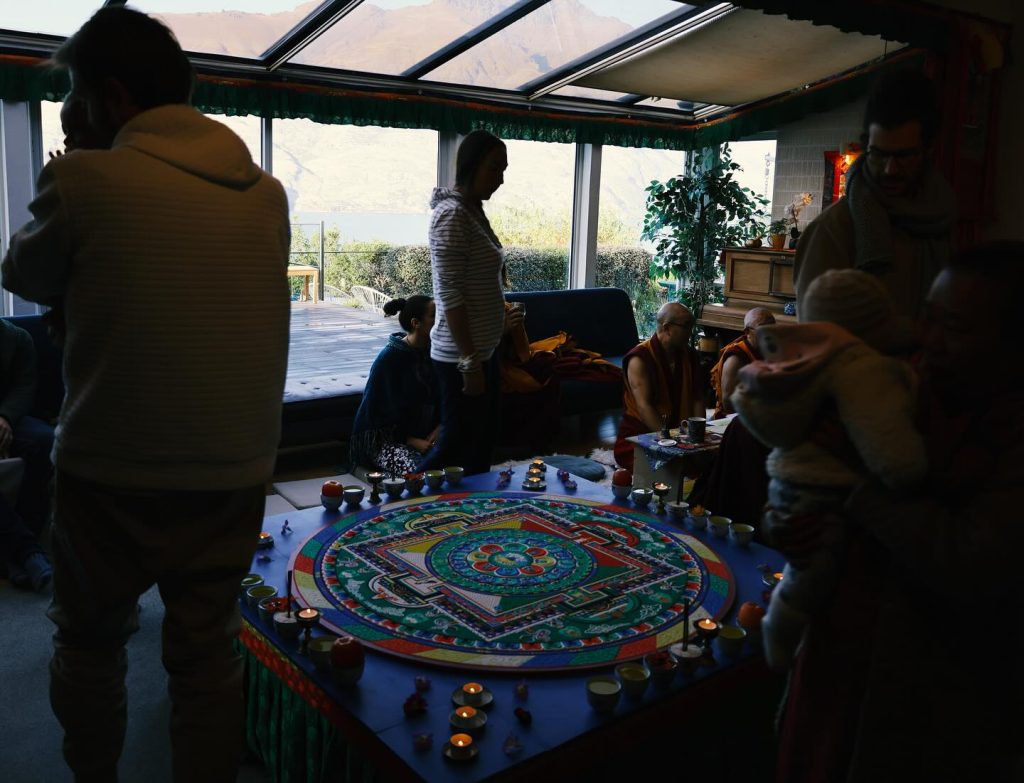
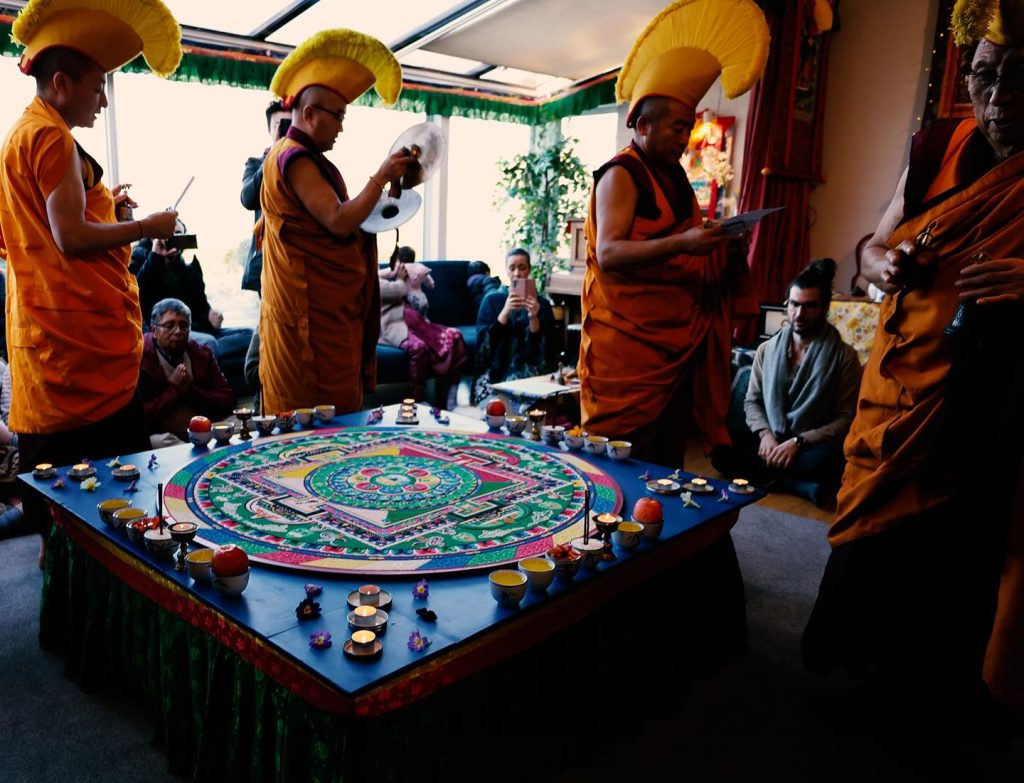
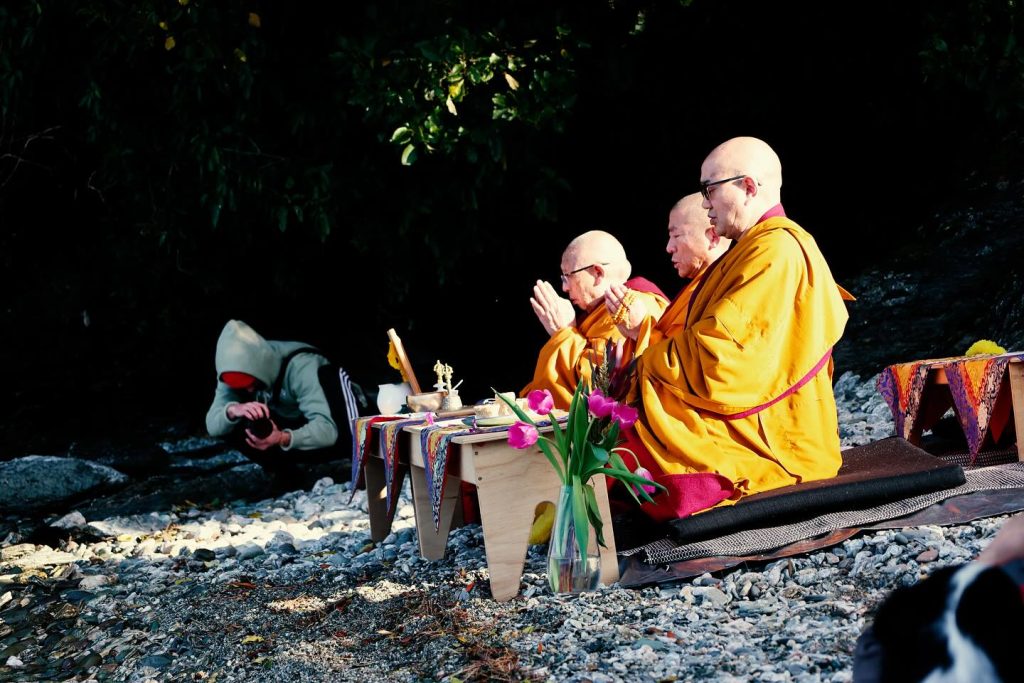
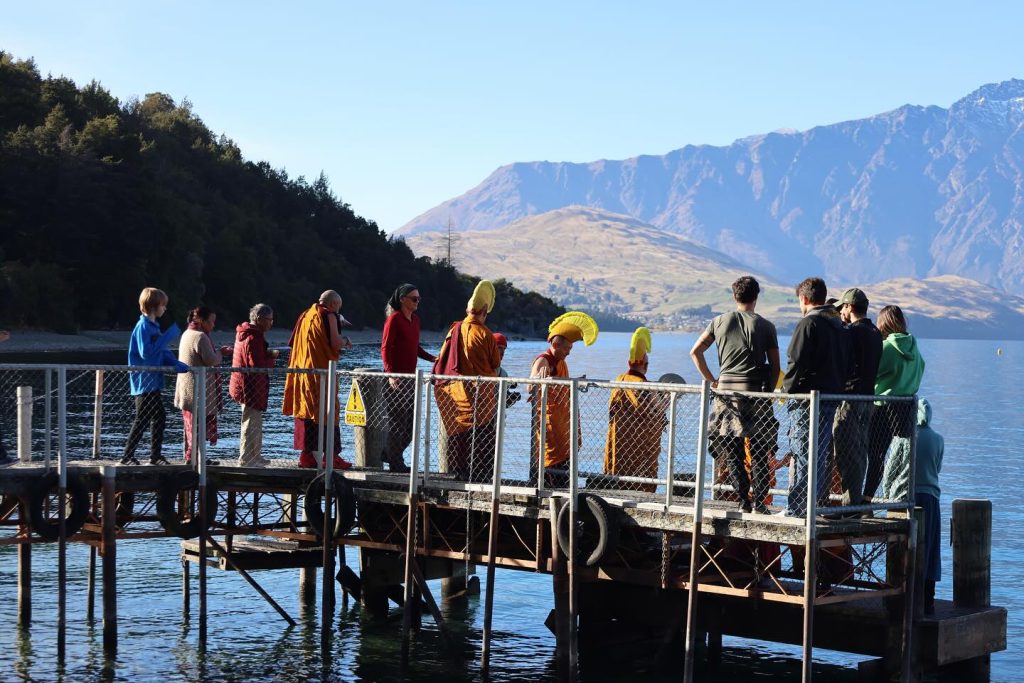
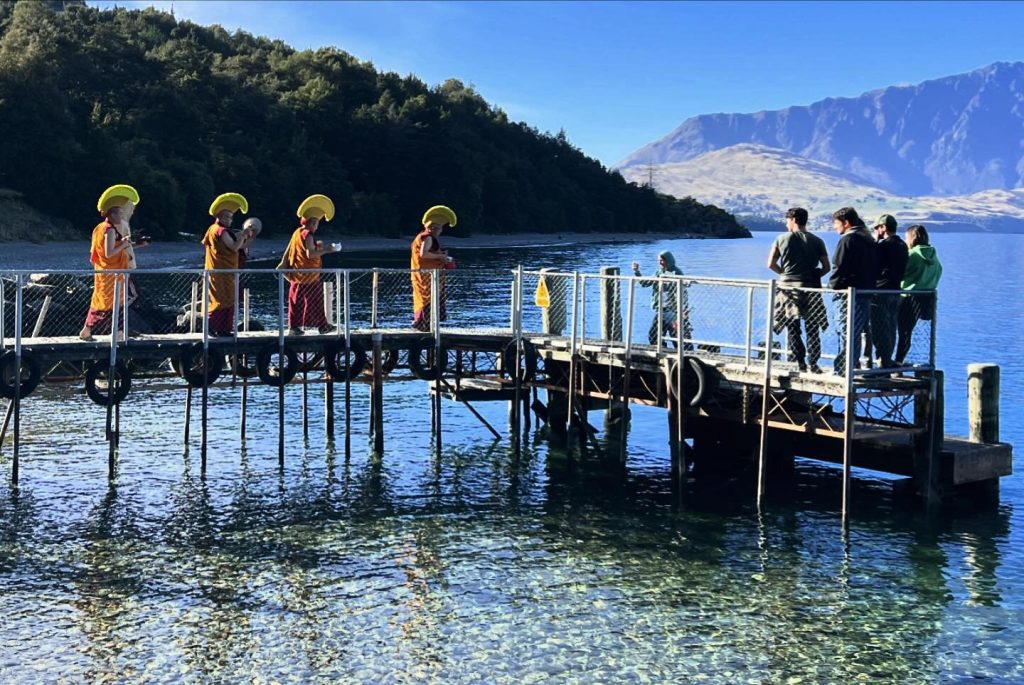
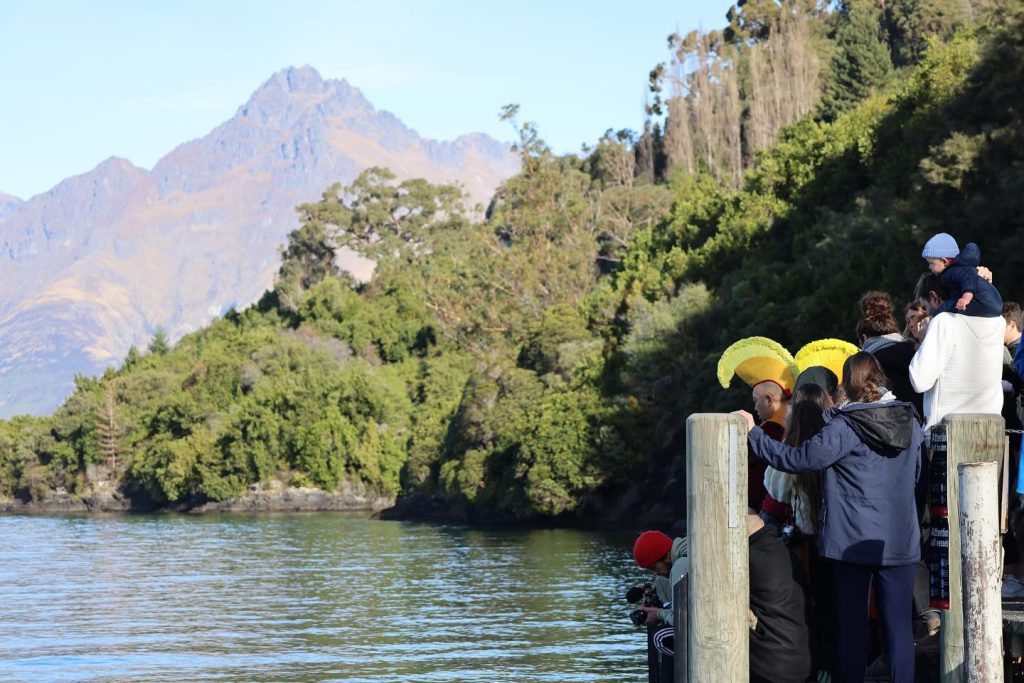
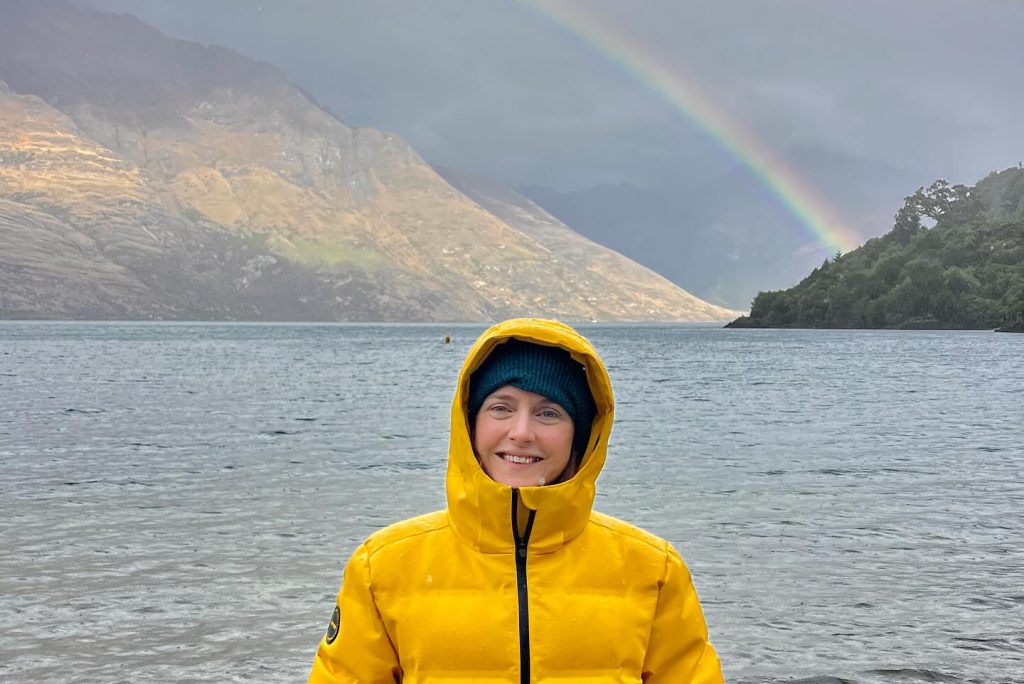
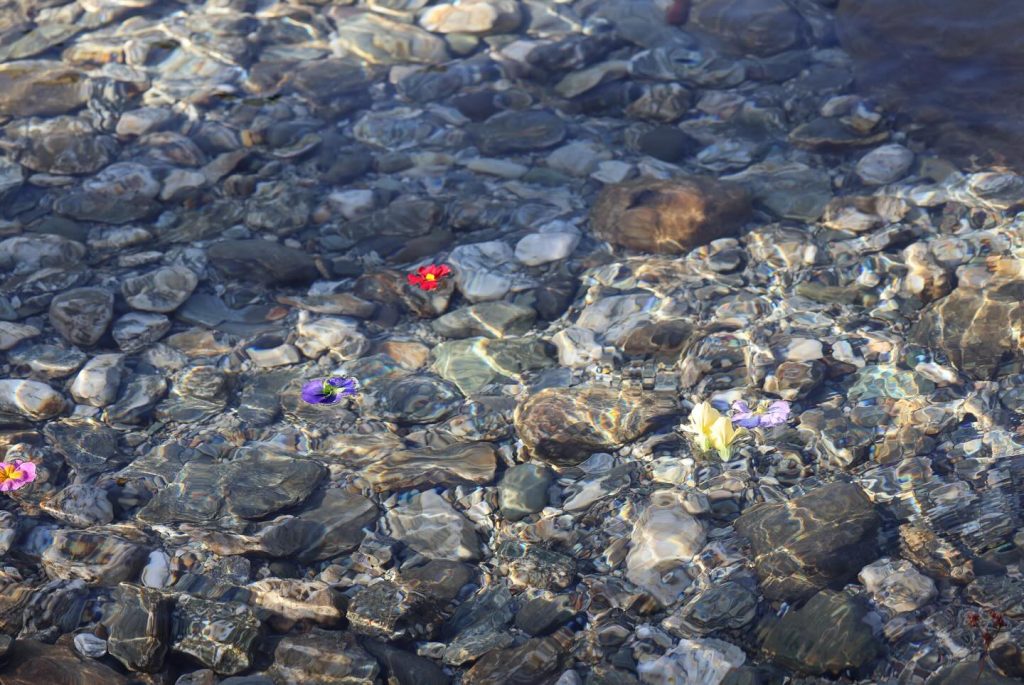
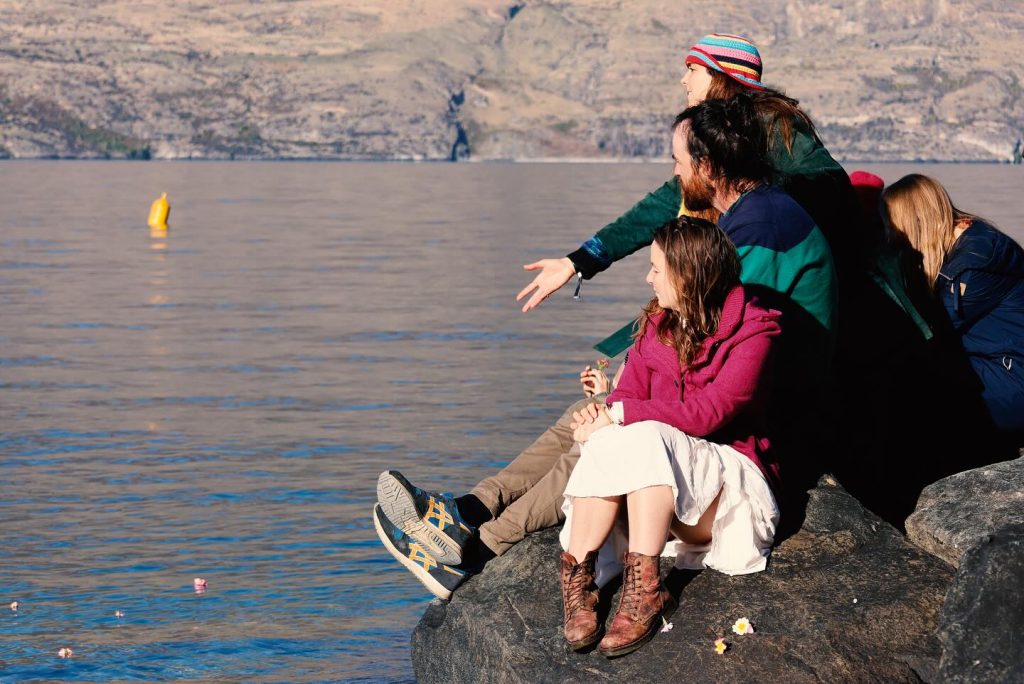
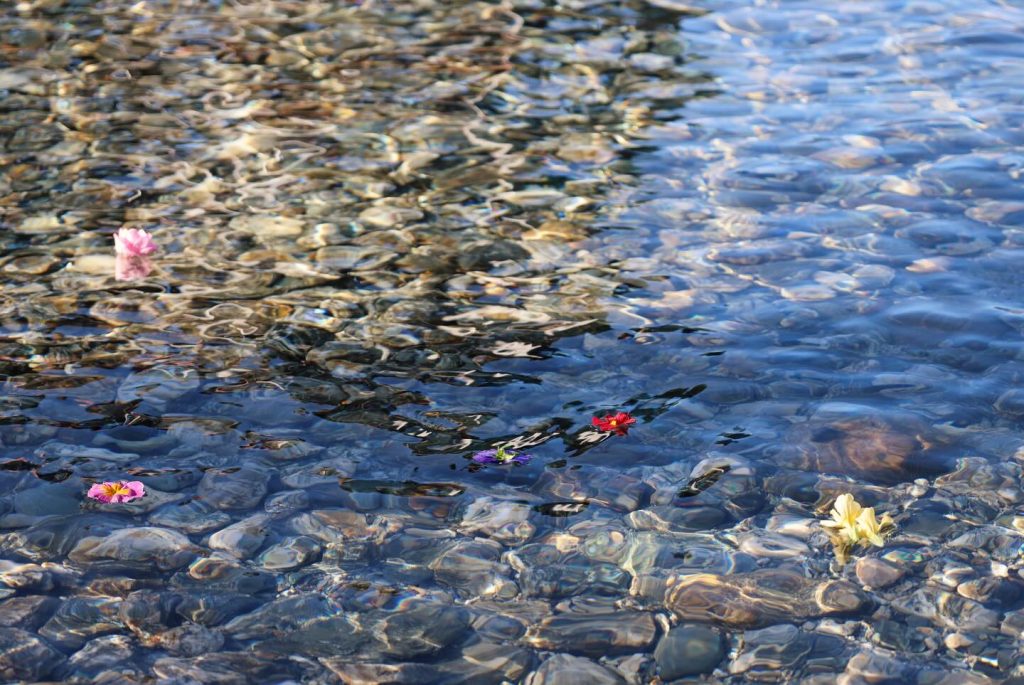
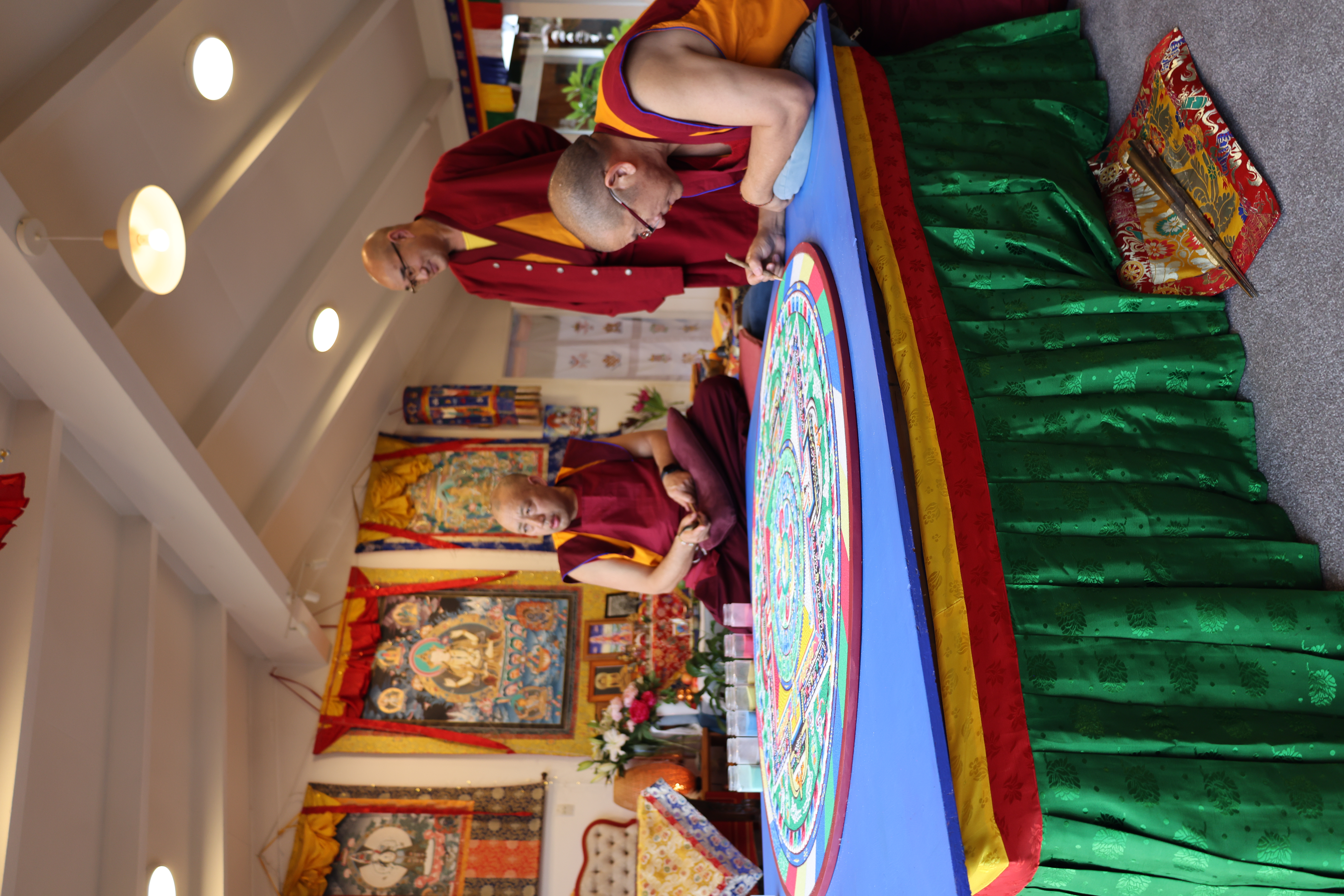
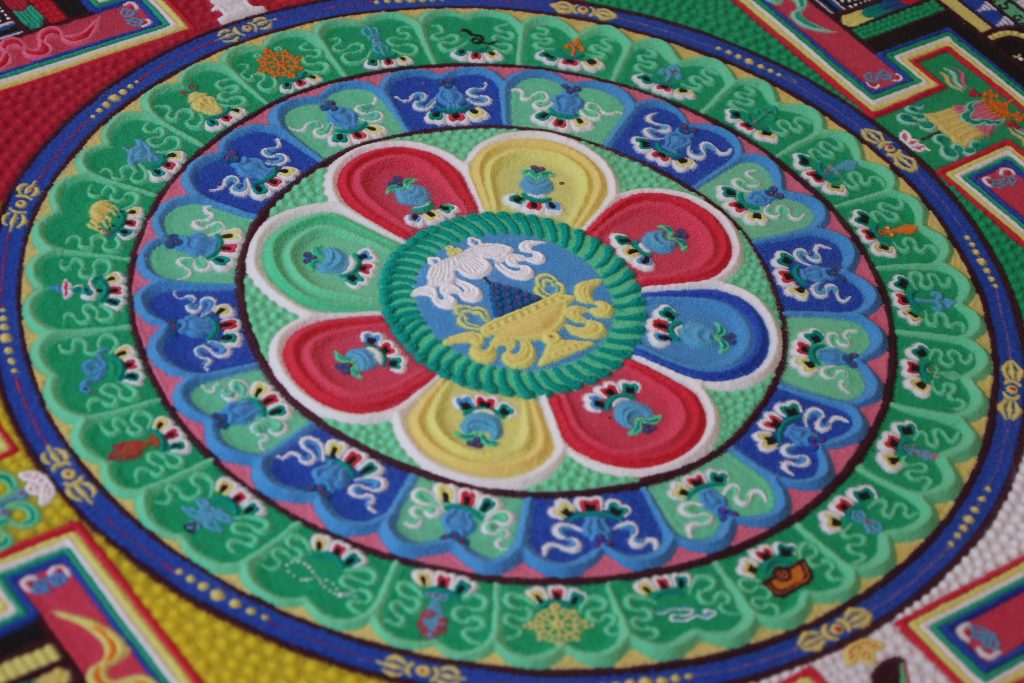
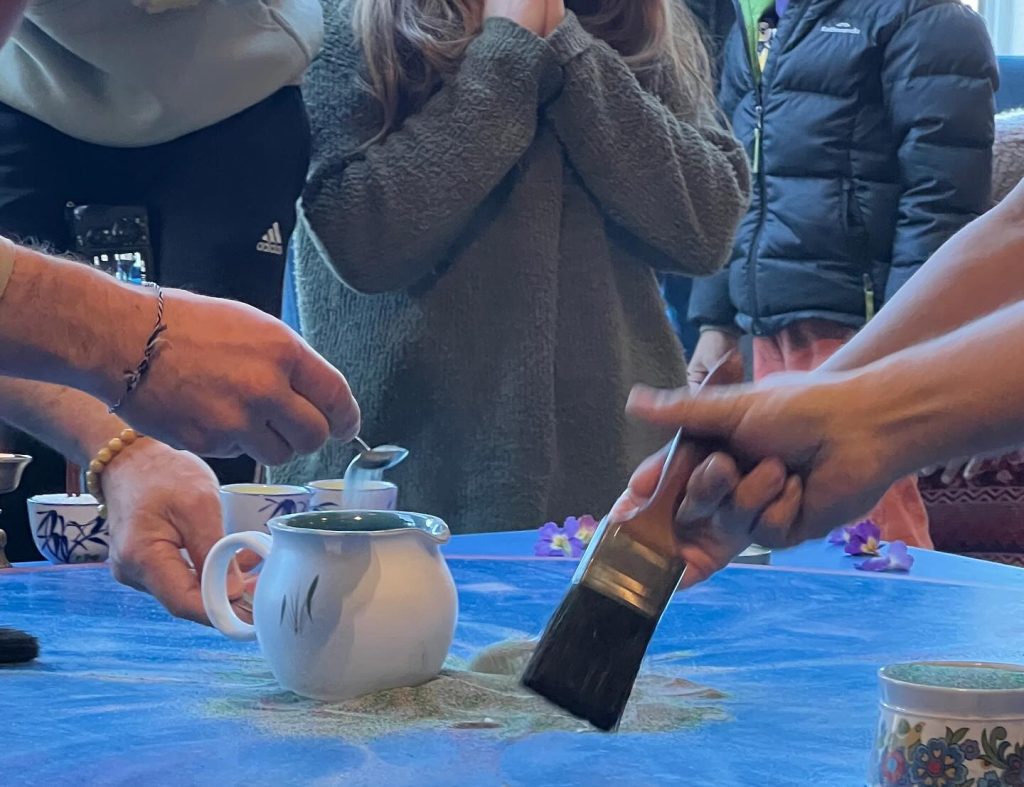
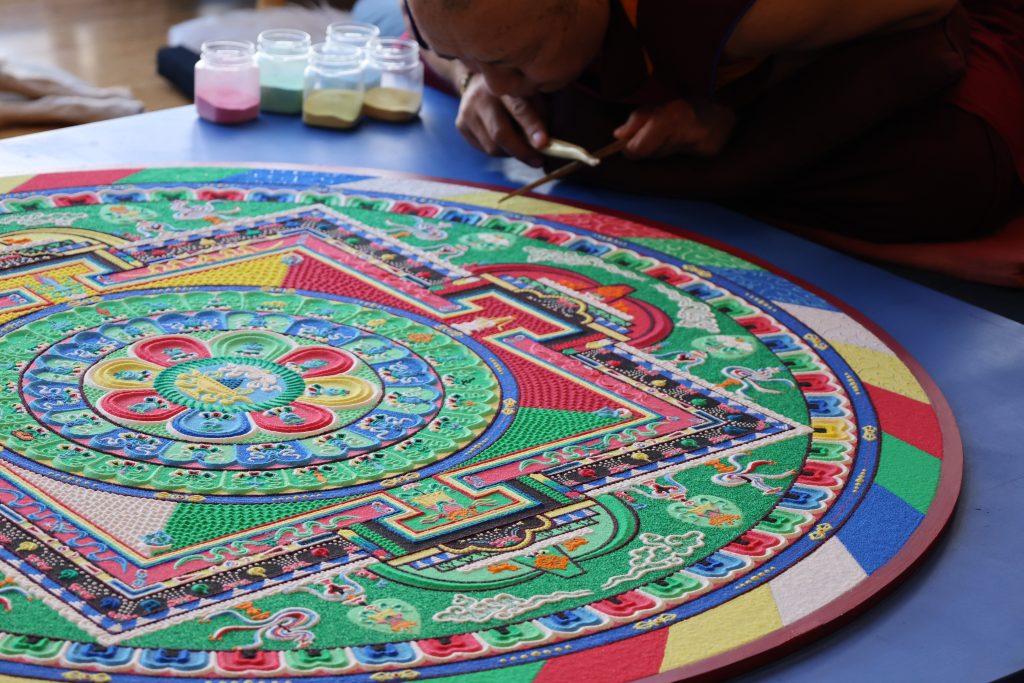
Tayata Om Bekandze Bekandze Maha Bekandze Bekandze Radza Samungate Soha